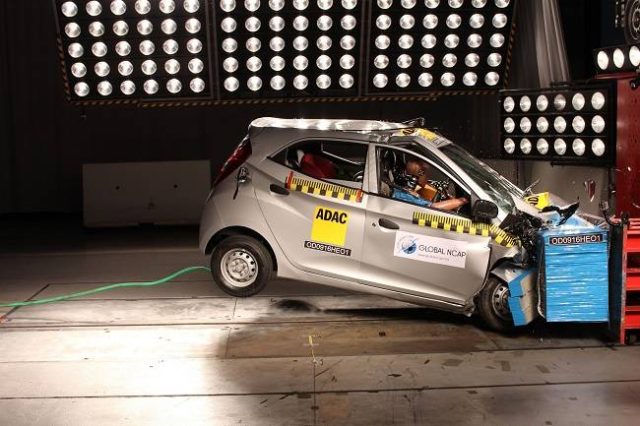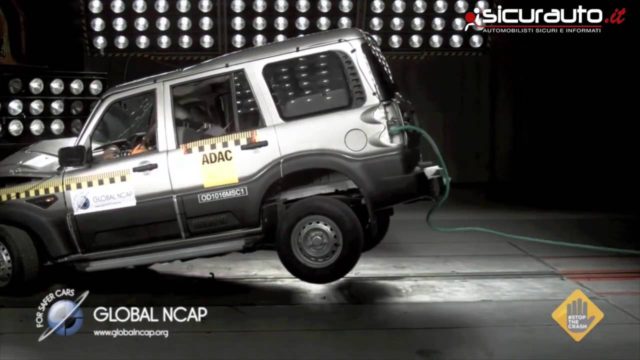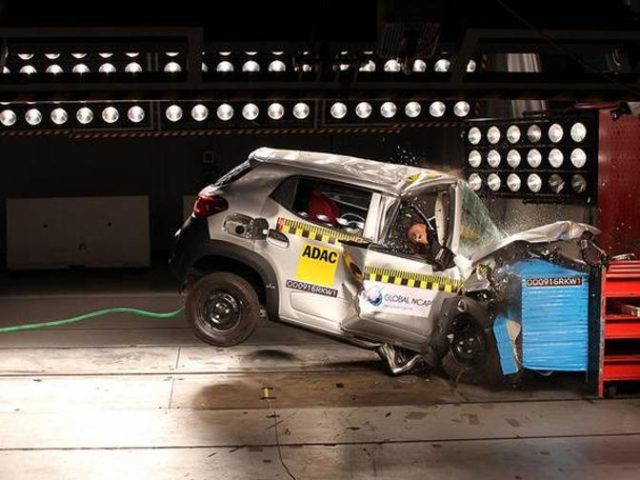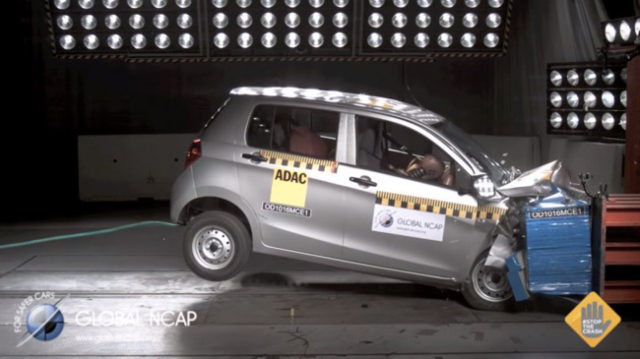By Gurpreet Singh Sandhu
You think your car is safe when you read in the manual ‘as per Indian Safety standards’?
Nope! Your car is not entirely safe on the road even if it meets the Indian Safety Standards. Here’s why:
Recently, Global NCAP (New Car Assessment Program) tested 5 of our favorite Indian cars to test their safety on roads.
These were Scorpio from Mahindra, Eeco and Celerio from Maruti, Kwid from Renault and eon from Hyundai.
What were the results?
To our amazement, none of these cars were proven safe as per Global safety measures. All of the cars failed to clear the 64 kmph speed crash test, with a score of ZERO. This zero score is the reflection of the fact that if any accident takes place, it’ll be threatening for life!
So what is the reason that the car from renowned manufacturers could not make it to clear the global safety trends despite fulfilling the Indian standards?

Are these manufacturers lying to the buyers? Well, here is the answer!
Indian manufacturers follow Indian safety standards that are far more lenient than global ones.
The biggest norm that makes a big difference is that Indian standards don’t go for a full car crash test. Rather, they opt for componential investigations.
In this way, Indian cars fulfill the safety requirements with regards to each and every component separately, but not as a whole unit.
Unstable structures, really?
Global NCAP has termed these car shells/bodies as “unstable”! Yes, the structures when going through the full body crash test, couldn’t keep up with the required parameters.
As per the CMVR (Central Motor Vehicle Rules), only componential tests are enough. But, this was not up to the global standards.
What is the Indian procedure?
Under the Indian standards, CMVR conducts a full frontal crash of car. In such a test the car is given a pass, if the steering column drags inside by less than 128 mm. This type of a test doesn’t ensure all round safety and poses a threat after being certified too.
Some of the important parameters like chest loading and knee loading are ignored while calculations. So, Indian standards lag behind the global standards. But fortunately, Bharat New Vehicle Safety Assessment Program (BNVSAP) norms will be there in 2017, which are expected to be better than the outdated ones.
You May Also Like To Read:-
Here’s A Guide To What You Shouldn’t Do When Driving Automatic Cars




































